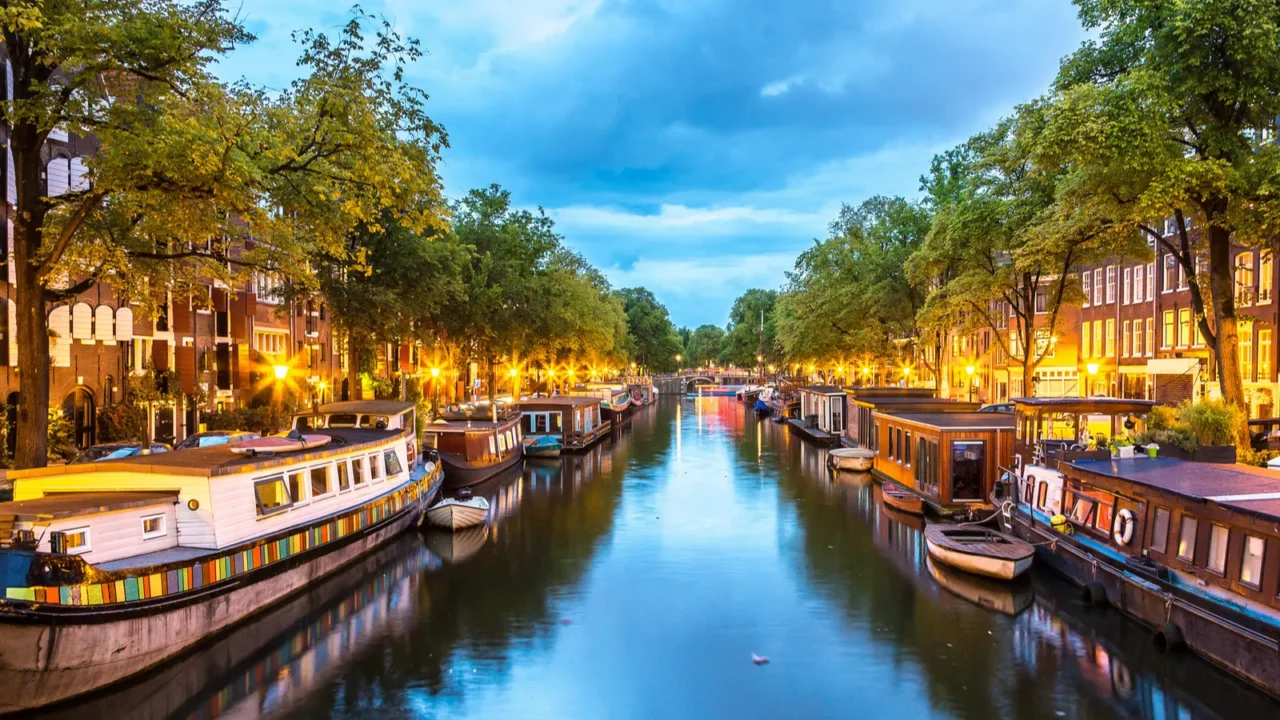
A new travel rhythm
Travelers today are embracing shorter escapes that still feel restorative. Instead of waiting for long vacations, many now plan quick getaways lasting two to four nights. From New Yorkers heading to the Catskills to San Franciscans escaping to Sonoma, the idea is the same: use what time you have.
The shift reflects flexible work patterns, tighter budgets, and the desire to recharge more often. Microcations prove that a brief break can offer real renewal without the stress of a long absence.
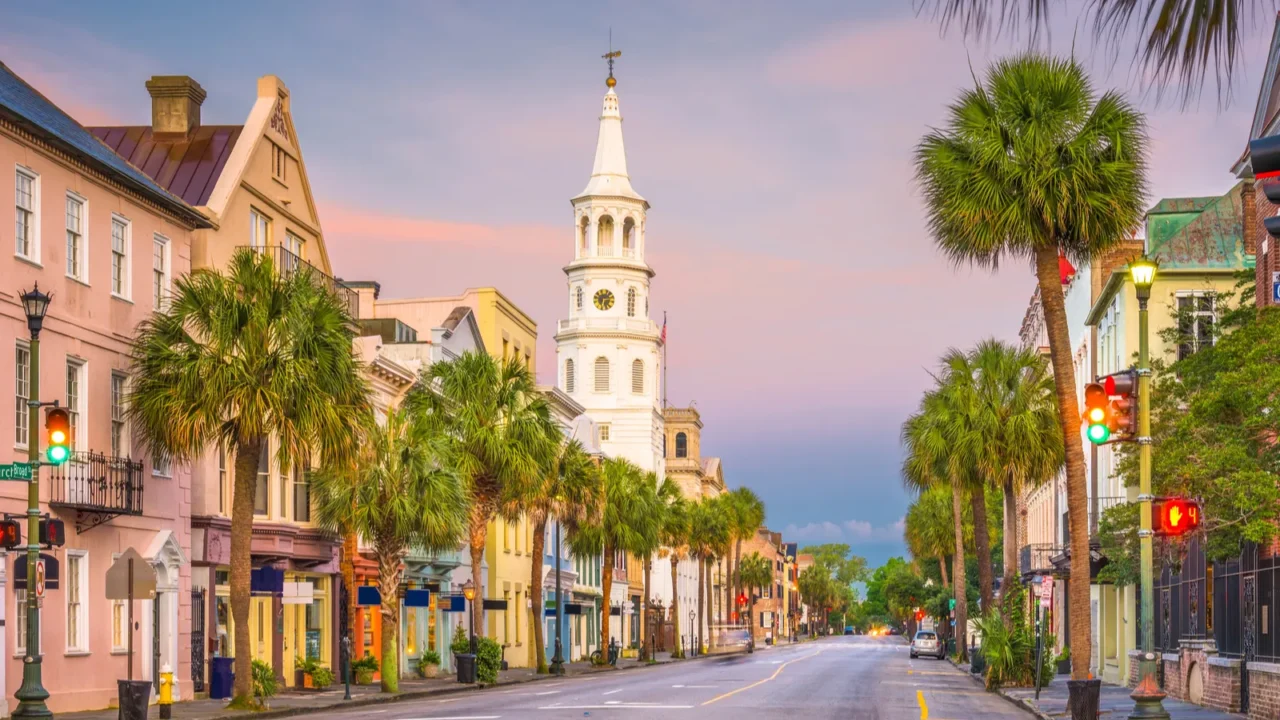
Defining the Microcation
A microcation is a short trip, usually between two and four nights, meant to deliver maximum enjoyment in minimal time. Americans are trading the weeklong vacation for long weekends in nearby spots such as Charleston, Savannah, or Santa Fe.
Planning is simple, costs are lower, and the focus is on quick refreshment rather than ticking every attraction. Whether it’s a beach-town escape or a small mountain retreat, the microcation redefines how travelers approach time away.
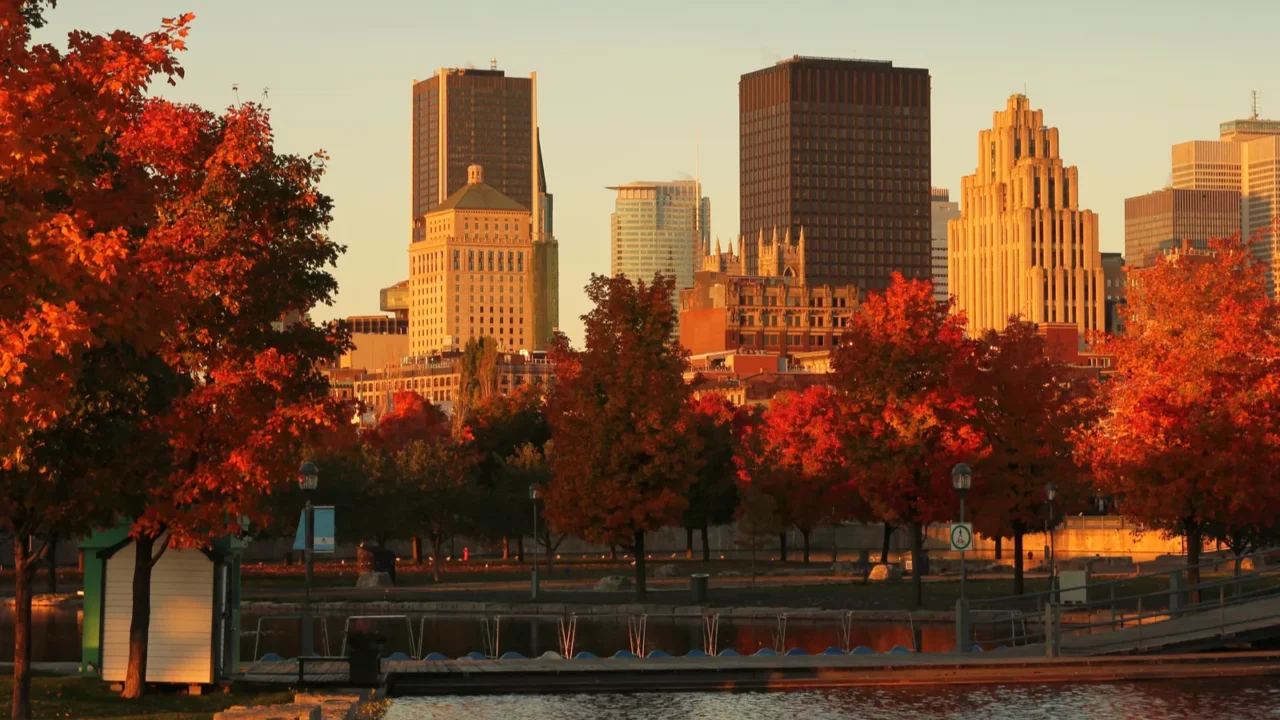
Why it matters now
Remote and hybrid work models make it easier to leave town without taking much time off. Rising travel costs also push travelers toward shorter, smarter trips. A two-night stay in Montreal or Denver can feel as satisfying as a longer vacation if planned well.
Microcations fit modern routines where burnout is common and flexibility is prized. They allow frequent mental resets, bringing travel back into everyday life instead of saving it for once-a-year events.
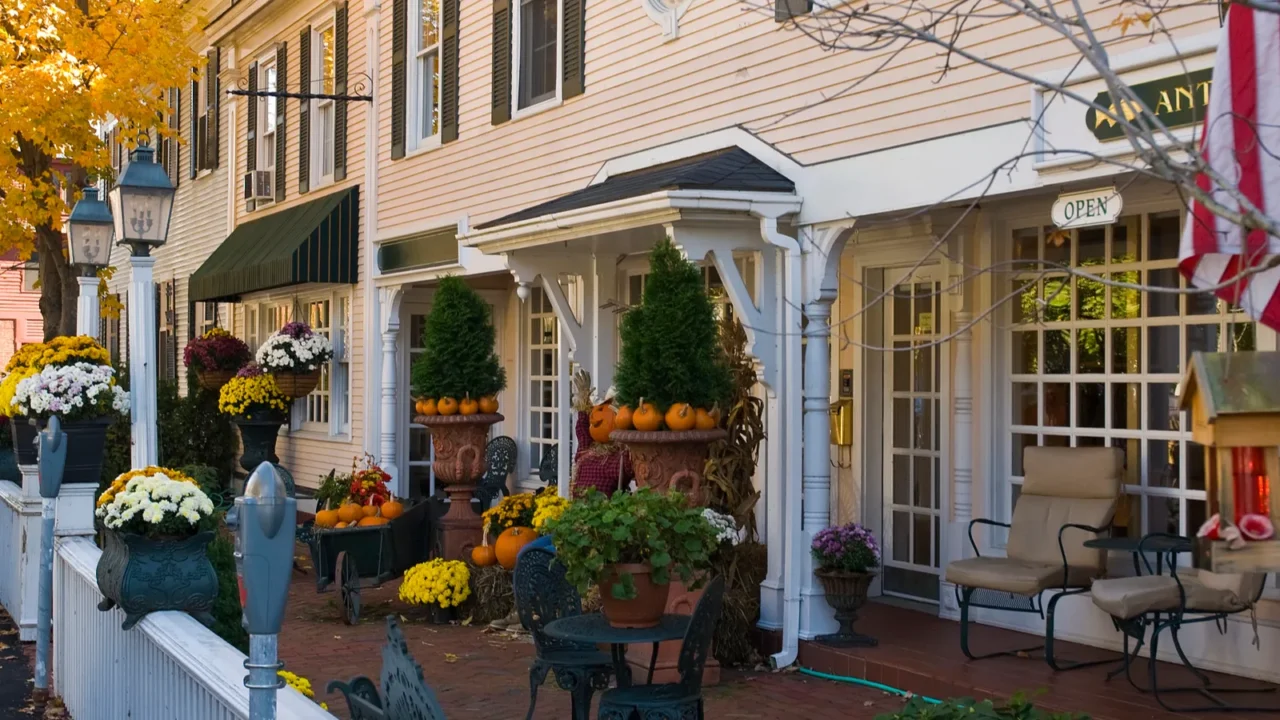
The visitor economy rewired
Shorter trips are changing how tourism spreads. Travelers now explore smaller destinations like Bend, Oregon, or Taos, New Mexico, rather than focusing only on big cities. This helps distribute visitor spending more evenly across the year.
Hotels, airlines, and regional tourism boards promote special weekend packages and limited-stay offers to attract this growing market. The result is a more balanced visitor economy that benefits local communities beyond the usual high-season crowds.

Urban microcation capitals
City breaks have become the core of the microcation trend. Compact, walkable places like Lisbon, Austin, or Copenhagen fit perfectly into a few days. Travelers can dive into art, street food, and live music without wasting time on long commutes.
Urban escapes offer a fast rhythm and easy access, giving travelers that “been away” feeling after only a weekend. These short city adventures blend culture and convenience, proving that big experiences can come in small packages.
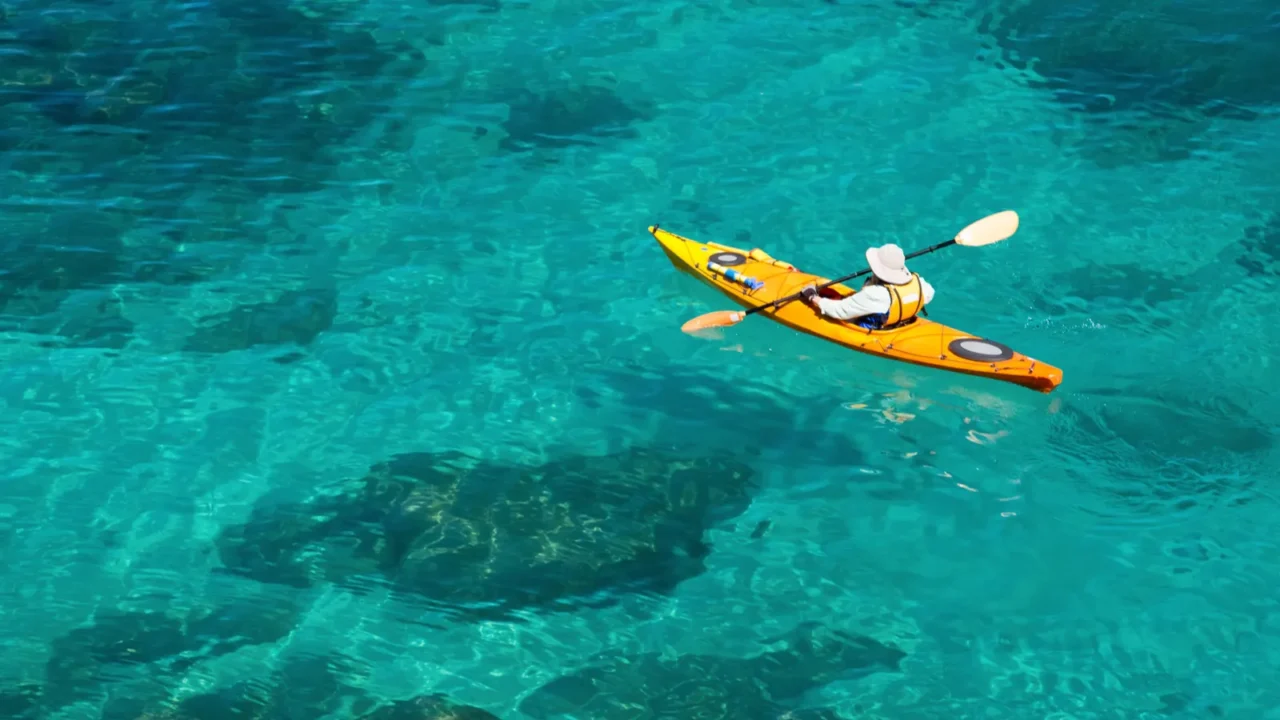
Nature and wellness getaways
Not all microcations are urban. Many travelers crave quiet, and nature-rich places like Lake Tahoe, Banff, or Sedona provide that balance. Quick escapes to hot springs, forests, or lakeside cabins deliver deep relaxation without lengthy planning.
Wellness resorts in Colorado or British Columbia now design weekend packages that emphasize yoga, meditation, and spa treatments. Even two days of calm surroundings can reset energy and mindset far better than staying home.
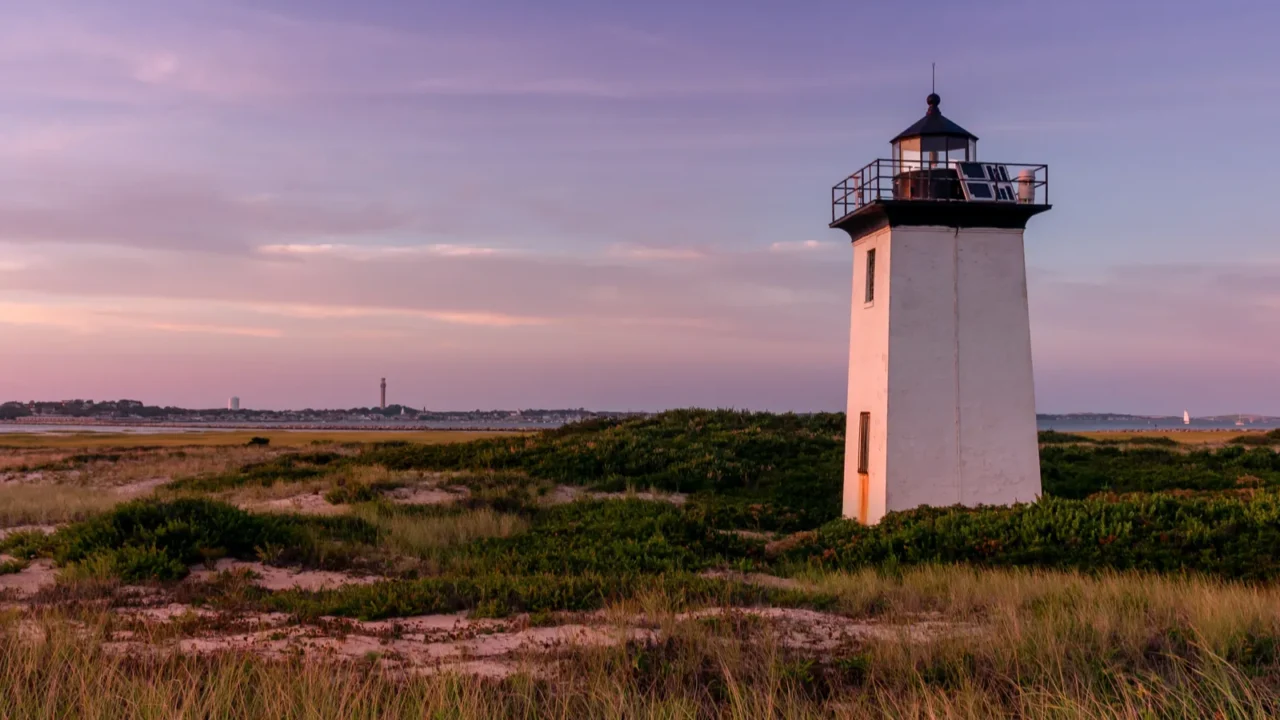
Travel light, travel often
The magic of a microcation lies in simplicity. A carry-on, a local map, and a short itinerary are often enough. East Coast residents drive to Cape Cod or the Poconos, while Californians head to Santa Barbara or Palm Springs for a fast reset.
Less planning means more spontaneity. When travel becomes easy and light, the barrier to taking another trip disappears, making short adventures a regular rhythm rather than a rare indulgence.

Big trip to small ones
Instead of one grand vacation, travelers are spacing out several short ones. Chicago locals might alternate weekends between Nashville and Door County, while West Coast travelers split their time between Portland and San Diego.
Multiple breaks reduce burnout and make travel part of everyday wellness. Each small trip refreshes the mind and keeps curiosity alive. Frequent escapes also create more memories throughout the year instead of one long, exhausting trip.

Budget friendly escapes
Short trips stretch budgets surprisingly well. Fewer nights mean lower total costs, even when staying somewhere stylish. A two-day visit to Mexico City or Miami lets travelers enjoy fine dining or boutique hotels without overspending.
Because travel time is shorter, there’s more money left for experiences like street markets, concerts, or guided tours. Microcations make quality travel accessible, showing that a short break doesn’t have to mean cutting corners.
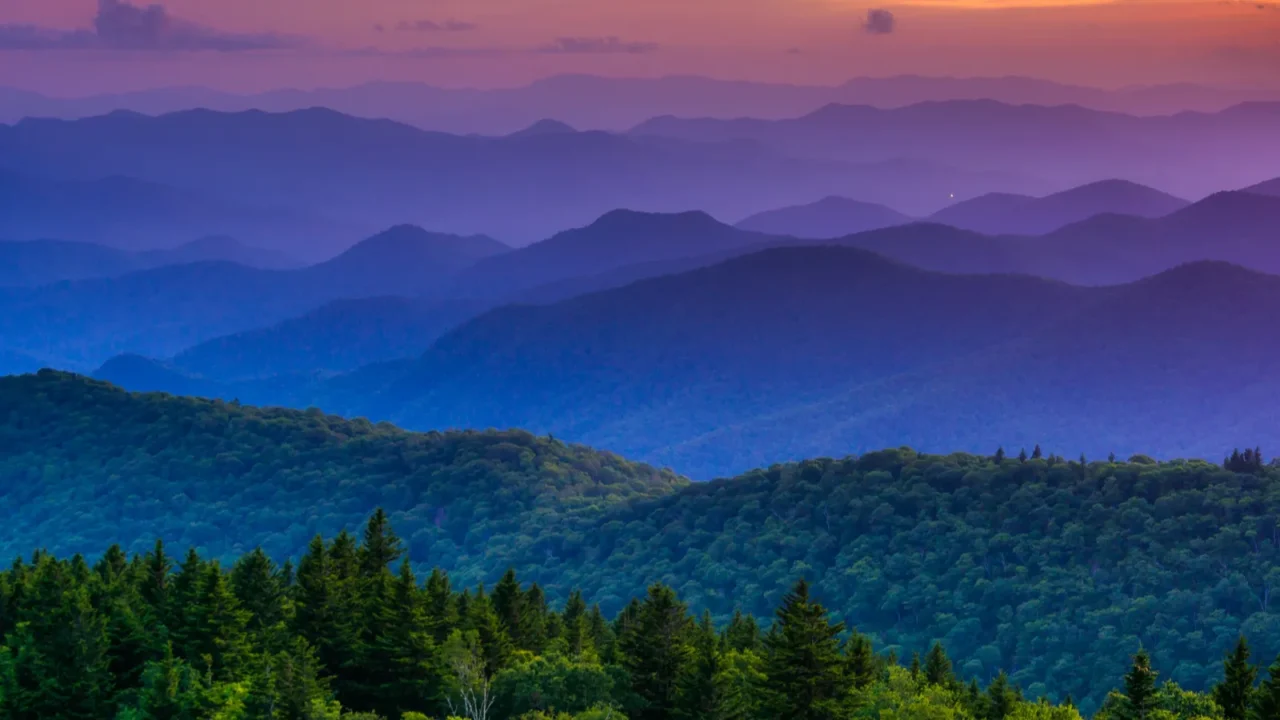
Destinations made for microcations
Some destinations seem built for short getaways. Lisbon offers sunshine, seafood, and vintage trams within a small area. In the U.S., places like Asheville, North Carolina, or Boulder, Colorado deliver outdoor beauty and culture within easy reach.
Compact destinations make the most of limited time. Travelers can arrive in the morning, explore by afternoon, and still enjoy a full vacation feel before heading home two days later.

How to maximize your short trip
Success starts with smart choices. Pick a place within a few hours by car or plane, like Seattle to Vancouver or Boston to Montreal. Choose one or two must-see activities and leave the rest open.
Staying central saves time, and walking often reveals more than planned tours. Flexibility turns even a quick break into something memorable. When the schedule feels light, the trip feels longer.

Filling the calendar
Weekend escapes can easily become a habit. Americans now use long weekends, public holidays, and even Fridays off for travel to places like New Orleans, Scottsdale, or Vancouver Island.
The variety keeps travel fresh, city art one month, mountain air the next. Regular microcations build a rhythm of exploration without the planning fatigue that comes with long, once-a-year vacations.
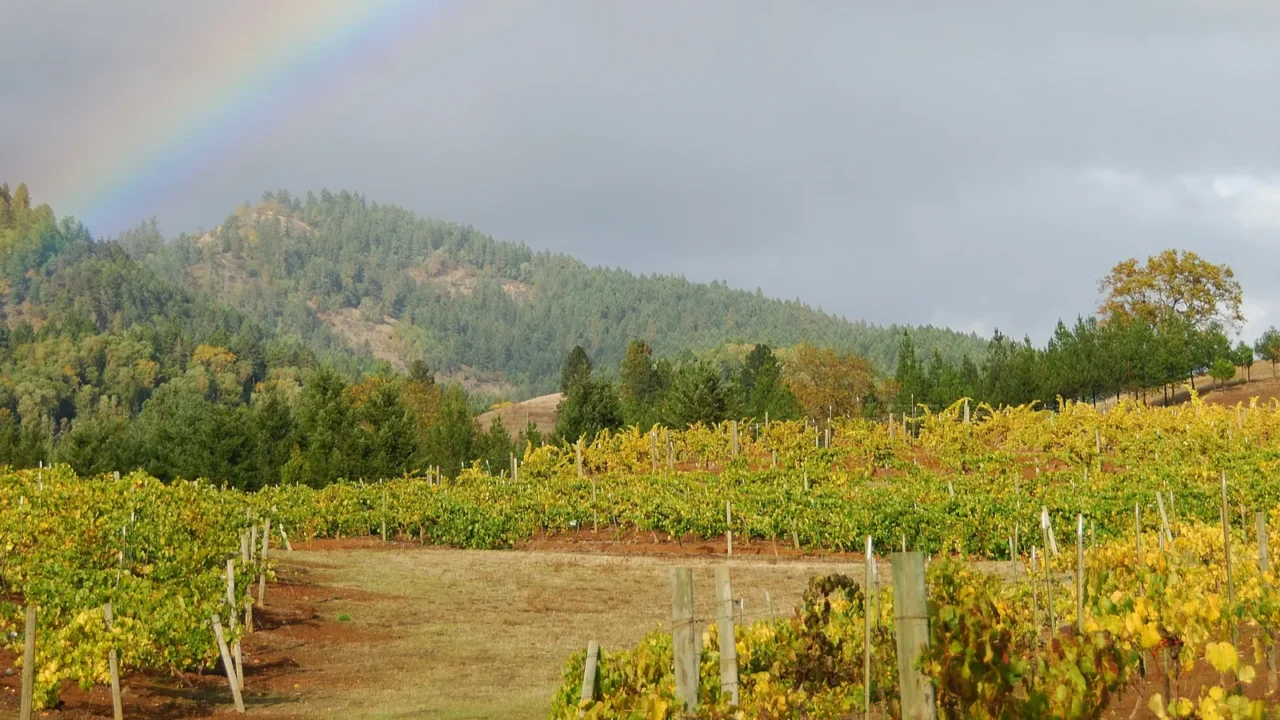
Going local, going global
Not every journey requires a long flight. Many travelers discover hidden gems within a few hours of home, from the Shenandoah Valley to Oregon’s wine country. These nearby breaks reduce costs and simplify logistics.
Others stretch their range to places like Reykjavik, Mexico City, or Dubrovnik, still short flights but big experiences. Whether local or international, microcations offer flexibility that fits every schedule and budget.
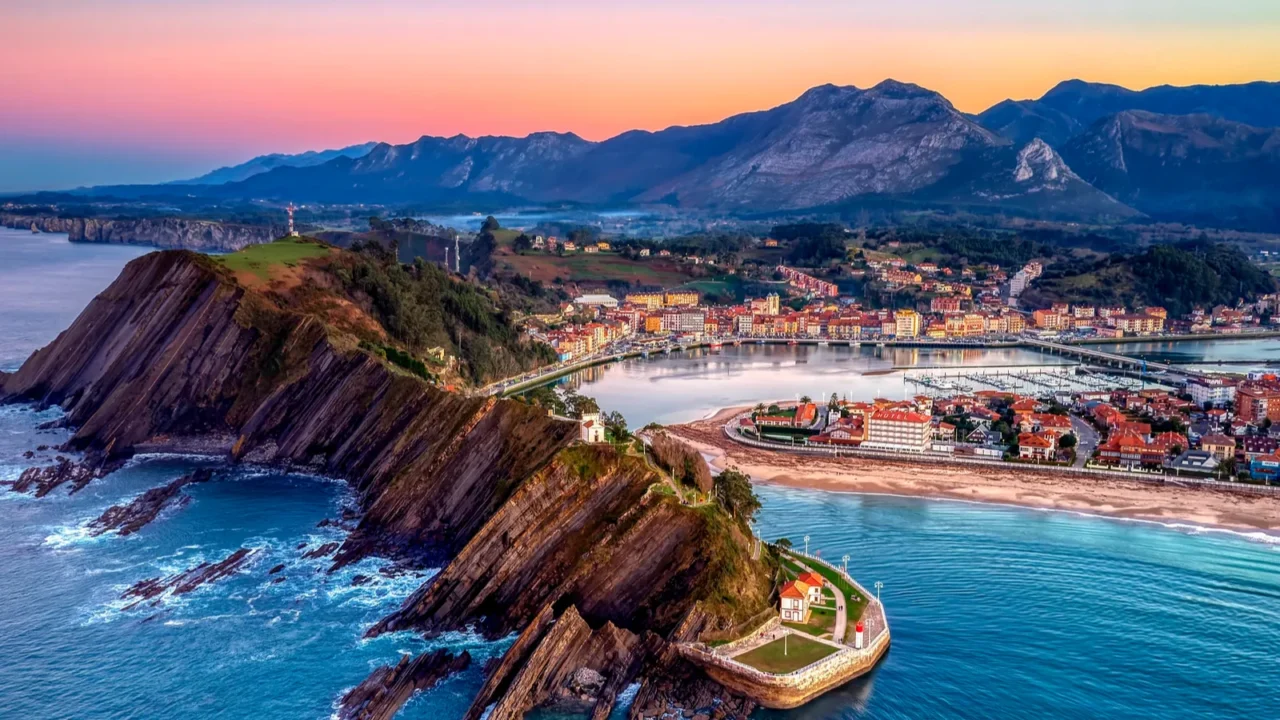
The greener side of short travel
Shorter distances and fewer flights mean lower emissions per trip. Exploring places like Vermont, Quebec, or coastal Spain by train or car can be both eco-friendly and rewarding.
Microcations help spread visitor traffic through the year, easing pressure on popular hotspots. When travelers choose closer destinations or off-season dates, the planet benefits too. Sustainability becomes a natural part of the microcation mindset.
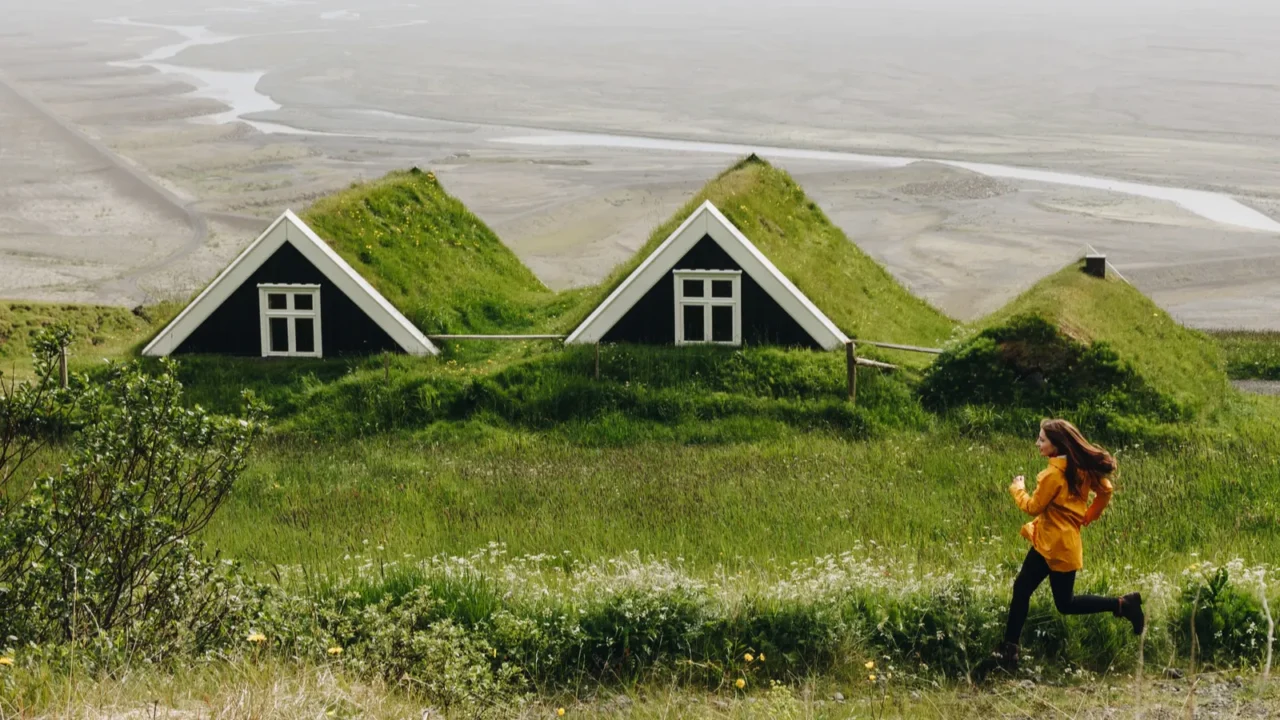
Challenges and considerations
Even quick trips need balance. Too much travel can still create fatigue, especially if rushed. Some destinations, such as Iceland or Hawaii, are best with more time, so not every place suits a microcation.
For travelers looking for more ideas on planning affordable short breaks, here are some options for a less expensive late-summer trip. These ideas are packed with budget-friendly inspiration that complements the microcation mindset, and with a thoughtful plan, every short getaway can feel restorative, not rushed.
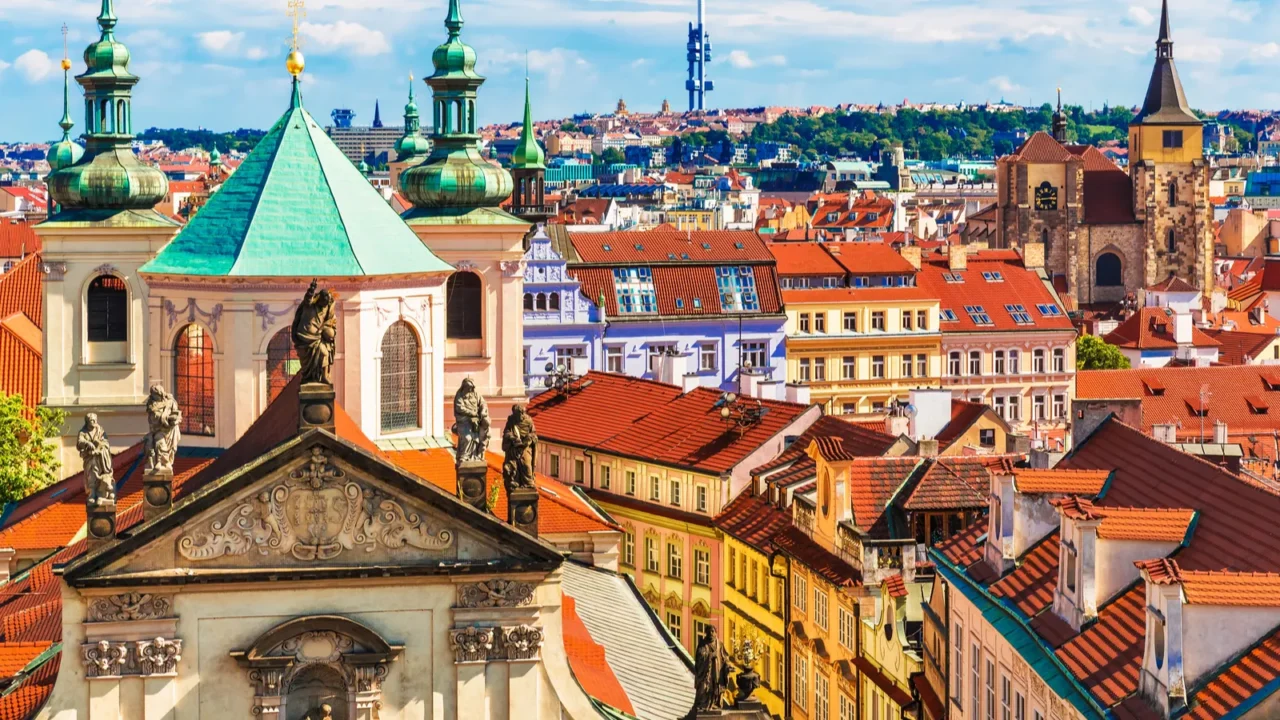
The habit of going often
The microcation movement is about weaving travel into daily life. It encourages small breaks that keep curiosity alive, like a weekend in Nashville for music or a two-day stay in Prague for art.
If you’re eager to expand your weekend list, 12 underrated U.S. cities ideal for a fall weekend trip offer fresh destinations to explore next. Which city would make your perfect microcation?
Share your go-to weekend getaway idea in the comments and inspire fellow travelers to start planning their next quick escape.
Read More From This Brand:
- How Mexican travel to the U.S is growing again?
- Travel agencies that plans your trip, and keeps it a surprise
- 15 travel blunders that could wreck your trip
Don’t forget to follow us for more exclusive content right here on MSN.
This slideshow was made with AI assistance and human editing.